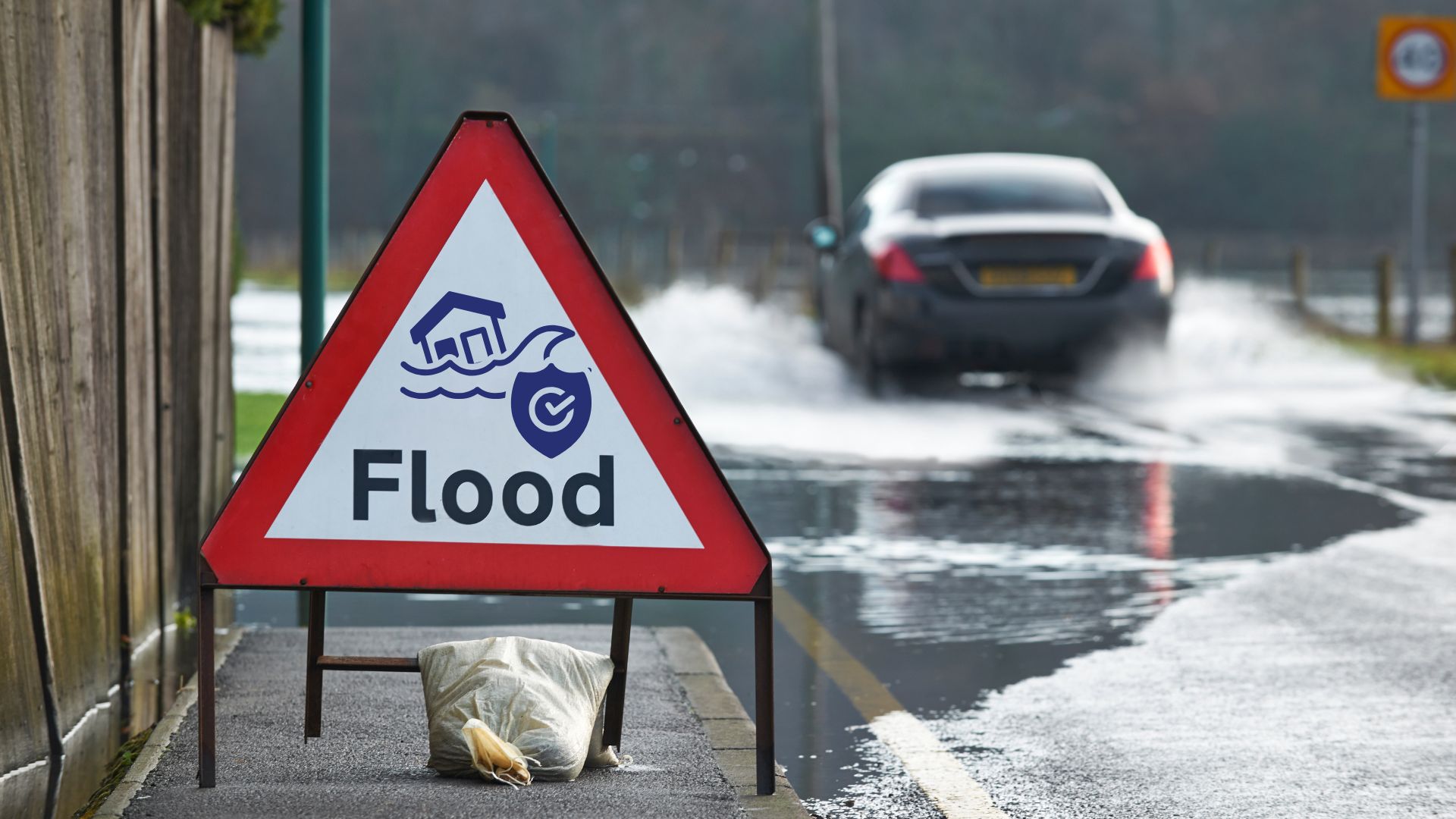Senate Bill to Extend the National Flood Insurance Program Until 2027: A Game Changer for Flood-Plagued Communities
Understanding the shifting landscape of federal flood insurance can feel like deciphering a complex puzzle. But for millions of homeowners living in flood-prone areas, clarity may finally be on the horizon. A newly proposed Senate bill seeks to extend the National Flood Insurance Program (NFIP) through December 31, 2026. This legislation would bring an end to the exhausting cycle of short-term extensions that have burdened the program for years.
Here’s why this matters and what it means for policyholders, floodplain managers, and anyone with a stake in managing flood risk across the U.S.
Moving Beyond Short-Term Extensions
Since 2017, the NFIP has faced no fewer than 32 short-term reauthorizations. These stopgap measures, designed to keep the program afloat, created an endless loop of uncertainty for consumers and insurers alike. The proposed Senate bill promises to break that cycle, providing a more stable foundation for the NFIP.
For those unfamiliar, the NFIP is administered by the Federal Emergency Management Agency (FEMA) and serves as a critical safety net for homeowners and businesses in flood-prone areas. With over 4.7 million active policies nationwide as of 2023, the program offers federally-backed coverage when the private market often can’t or won’t.
Ending the era of short-term fixes benefits everyone. Policyholders gain peace of mind knowing their flood insurance policies won’t be disrupted by lapses in the program. Likewise, industry professionals, including insurers and floodplain managers, can plan long-term strategies without constantly recalibrating to legislative whims.
The Impact on Flood-Prone Communities
Flooding remains the most common and costly natural disaster in the U.S., affecting homeowners across all 50 states. Just two inches of water in your home can cause up to $25,000 in damages, a jaw-dropping statistic underscoring the critical need for comprehensive flood insurance coverage.
According to FEMA, financial losses related to floods have skyrocketed in recent years, with billions in damages annually. Louisiana, Texas, and Florida are among the states with the highest flood insurance claims. Policies in force by flood zones also demonstrate the scale of protection offered by the NFIP, and this new Senate bill could sustain that reliability for years to come.
Stability through a multi-year extension would help mitigate the economic strain for homeowners recovering from devastating floods, allowing faster payouts and fewer bureaucratic delays when claims are filed.
What Insurance Legislation Looks Like in Action
The NFIP is not only about plugging gaps in coverage; it’s also about fostering meaningful floodplain management and risk reduction efforts. Since 1968, the program has supported communities in implementing zoning standards, elevating homes, and other flood mitigation efforts.
One major change introduced in recent years is FEMA’s Risk Rating 2.0, a redesigned pricing system that aligns premiums more closely with individual property risks. While controversial, this system is better at reflecting the actual flood hazard level of properties. For example, data reveals a shift in policies toward prioritizing higher-risk areas, where coverage is critical to managing devastating losses. A long-term NFIP extension ensures innovations like these can continue evolving to provide smarter, fairer solutions.
For consumers, this means paying attention to how your premiums are calculated and ensuring your home’s flood vulnerability is accurately assessed. For local governments, this reinforces the importance of proactive floodplain management programs that can reduce payouts and improve community resilience.
Challenges That Remain
It’s worth noting that some hurdles remain. Critics argue that while FEMA’s updates are steps in the right direction, they’re not enough to address long-standing issues like repetitive loss properties. These are homes and businesses that are flooded repeatedly and account for a disproportionate share of NFIP claims.
Additionally, as climate change increases the frequency and severity of extreme weather events, the NFIP faces financial instability, often operating at a loss due to catastrophic payouts. This latest legislative push is a call to action for Congress to explore sustainable funding solutions, including greater involvement from the private insurance market.
A Look Toward the Future
What makes this Senate bill compelling is not just its promise of stability for the next few years, but its potential to kickstart broader reforms in flood insurance. For you, the homeowner, understanding flood risk and maintaining adequate insurance should be a top priority. Start by reviewing your floodplain maps, understanding your coverage limits, and exploring cost-effective mitigation measures to reduce risks.
For floodplain managers and insurers, this is also an opportunity to double down on education campaigns and data-driven solutions to improve resilience in flood-prone areas. Flood management isn’t just a safety net; it’s a proactive tool to safeguard communities.
Long-term legislation isn’t just about preventing the next crisis. It’s about building a system you don’t have to worry about until you need it. And with floodwaters rising, now’s the time to make that system as strong and dependable as it can be.


